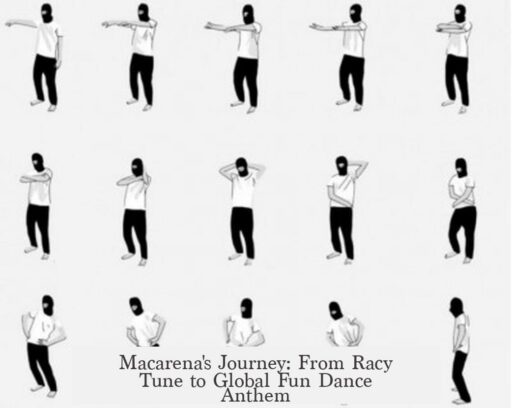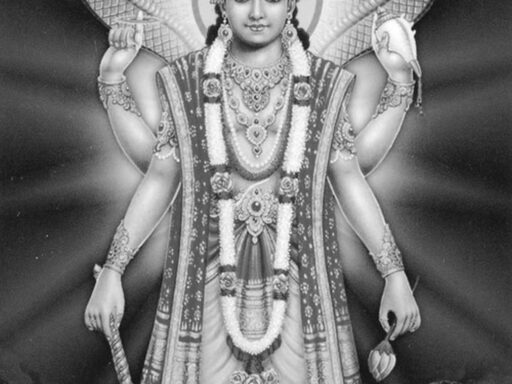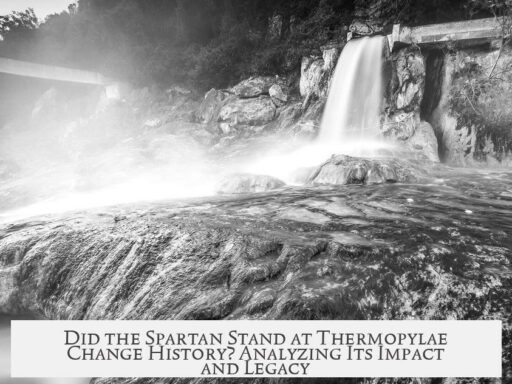The Macarena became a widely recognized “fun dance song” outside of Spanish-speaking countries mainly due to its catchy beat, a popular remix, and engaging dance moves, which overshadowed its original explicit lyrics and cultural context. The song’s transformation and rapid spread highlight how music often transcends language barriers, emphasizing rhythm and social engagement over lyrical content.
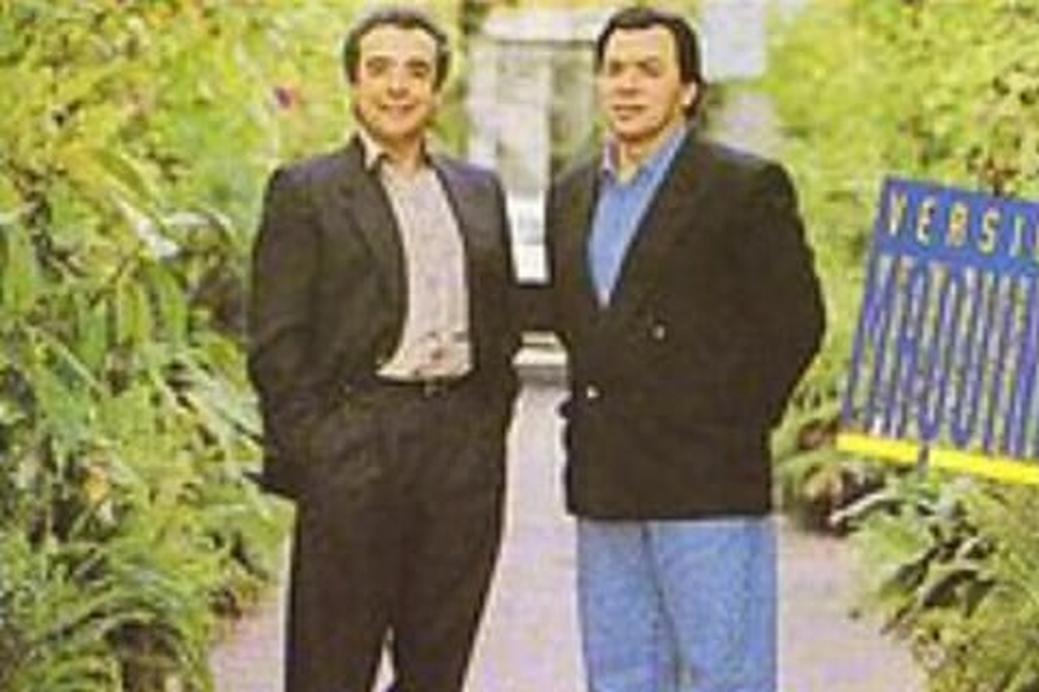
The original “Macarena,” a flamenco-style song by Los del Río, did not achieve global fame until The Bayside Boys remixed it. This remix adapted the track into a radio-friendly Miami Beach vibe, making it more accessible to diverse audiences. Miami’s significant Cuban, Puerto Rican, and Central American populations played a key role. Their local enthusiasm helped launch the song into mainstream success.
The repetitive, catchy tune fits well with easy-to-learn dance steps, which stimulated its viral appeal. The choreographed dance became crucial in popularizing the song. It gained traction in elderly communities and on cruise lines, where it was embraced as a party staple. These groups treated it as a lighthearted, communal activity rather than focusing on the lyrics.

Language barriers contributed to the song’s reception. Most non-Spanish speakers did not understand the explicit and sexual themes embedded in the lyrics. Instead, they focused on the energetic beat, fun dance, and social experience. Older white audiences, for example, often mimicked the Spanish phrases without comprehension, turning the song into a playful chant.
The dance’s memetic quality further accelerated its spread. Like early internet memes, it circulated through social gatherings, sports events, and even among politicians, becoming embedded in 1990s pop culture. Florida to New York transmission by culturally diverse communities sparked widespread media attention and radio play, cementing its role as a fun and feel-good anthem.
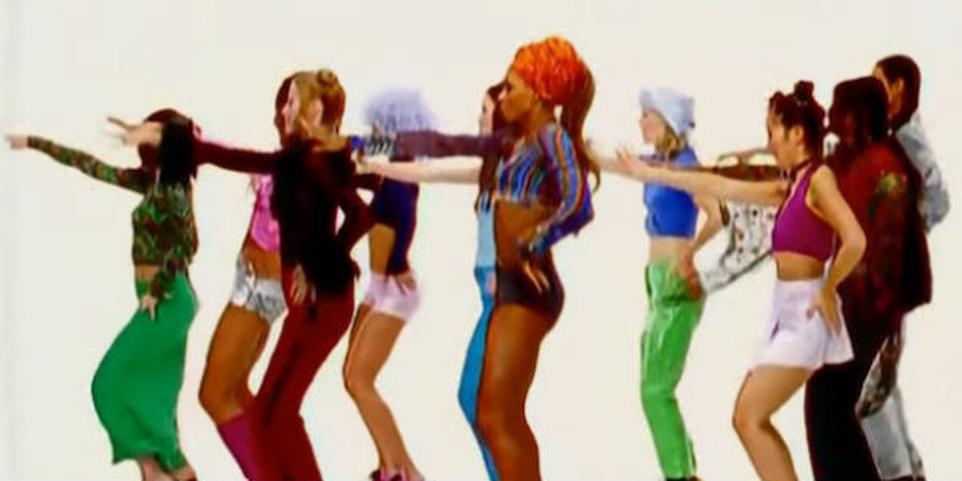
By tapping into the zeitgeist of a newly connected era, the Macarena embodied accessible, social music enjoyment. Its success evidences that catchy melodies and participatory dance can eclipse a song’s original explicit content and cultural specificity.
- Catchy remix transformed a flamenco song into a Miami radio hit.
- Dance and repetition overshadow explicit lyrics.
- Language barriers reduced focus on sexual content.
- Popular among elderly and cruise communities first.
- Spread via cultural hubs like Miami and New York.
- Became a social meme and pop culture phenomenon.
Macarena: From Racy Flamenco Tune to Global Fun Dance Anthem
Macarena is a highly sexual and explicit song, but how did it become the “fun dance song” outside of the Spanish-speaking world? It’s an intriguing story filled with cultural twists, remix magic, and dance-floor democracy. The answer goes beyond the catchy beat and taps into human nature, language barriers, and a dose of good timing.
Let’s dive into how this spicy, flirtatious tune morphed into a worldwide party staple.
The Macarena starts as a flamenco-infused dance song by Los del Río. The lyrics? Pretty bold. They tell the decidedly naughty story of a woman named Macarena who flirts around while her boyfriend is away. Explicit? Yes. Yet, not many outside Spanish-speaking circles realized this initially. Why?
The Catchy Hook That Broke Borders
The Macarena boasts a hook that’s sticky like bubble gum on sneakers. It repeats endlessly, making it impossible not to hum along. Think of it like “Despacito” for the mid-90s: a tune crafted for maximum earworm status. But catchy beats alone don’t guarantee fame.
The original flamenco rhythm, while beloved, remained confined within Latin music circles until DJs gave it a Miami makeover.
Miami: The Cultural Melting Pot That Sparked a Remix Revolution
Miami plays a starring role in this tale. With its huge Cuban, Puerto Rican, and Central American populations, the city is a musical stew simmering with vibrant influences. Here, The Bayside Boys put a Miami Beach spin on the song, remixing it with English lyrics and a danceable pop rhythm that radio stations loved.
This remix morphed the passionate flamenco tune into an accessible summer jam, ideal for cruising down Ocean Drive or dancing poolside.
Not Just for Young Clubbers: The Elderly and Cruise Ship Connection
Strangely enough, the song’s first major breakthrough outside the Latin community was among elderly folks and cruise ship passengers. These groups embraced the Macarena as the decade’s go-to party song. Picture older white folks at a bingo hall or on a Caribbean cruise deck, shaking hips, waving hands, and shouting the iconic “Heeeyyyy Macarena!”
They might have barely understood the lyrics, but they *felt* the joy, the movement, and the communal vibe. It became a cultural bonding moment—an international tongue-tied celebration.
The Dance’s Memetic Power: Early Viral Sensation
The Macarena’s dance moves have a hypnotic, easy-to-follow quality. This choreography turned the track into a living meme of its time. Remember, this was early internet territory—long before TikTok influencers and viral challenges were words we knew well. The Macarena dance spread organically through parties, weddings, and public events like wildfire.
This memetic strength propelled the song beyond Miami’s Latin neighborhoods and into the radar of big-city radio and TV stations, starting in New York.
When Congresspeople and Sports Fans Joined the Bandwagon
By the mid-90s, the Macarena transcended social boundaries. Lawmakers danced on the House floor. Stadium crowds performed the moves in unison. The song became an unstoppable zeitgeist phenomenon, infiltrating everyday life.
The early internet helped amplify this cultural tsunami, spreading clips and encouraging imitation globally. People needed a feel-good celebration tune—the Macarena filled that role perfectly.
Lyrics vs. Popularity: The Great Disconnect
Here’s the kicker: despite the song’s explicit nature, most listeners didn’t decode the words. Language barriers played a huge part. For many, the Spanish lyrics were indecipherable background sounds.
The promiscuous themes went under the radar because the focus was on the dance moves and catchy chorus, not the story. This allowed audiences to enjoy the Macarena without guilt or awareness of the song’s suggestiveness.
Why Does This Matter Today?
The Macarena offers a fascinating glimpse into how culture can be repackaged and reinterpreted across language and geography. It’s an example of how music’s vibe often outruns its meaning. Plus, it reminds us that sometimes, the simplest fun comes from the most unexpected places.
So next time you catch yourself doing the Macarena at a wedding or party, know you’re part of a global legacy: a cheeky flamenco tune turned feel-good dance craze, all thanks to Miami’s remix magic, enthusiastic elders, and a dance that dared to go viral before the internet knew what viral meant.
Tips for Enjoying the Macarena with a Wink
- Learn the backstory: Knowing about Macarena’s flirtatious lyrics adds a fresh layer of amusement to your dance moves.
- Embrace the dance fully: Mimic the classic hand sways and hips shaking—it’s communal joy in motion!
- Respect the remix’s role: Try to compare the original flamenco-style song with the Bayside Boys remix to appreciate its transformation.
- Share it with friends: Use the song as a conversation starter about how cultural meanings evolve.
Ultimately, the Macarena’s journey proves that sometimes the spirit of a song can outweigh its literal meaning, especially when it comes to the universal language of dance.
Why did the Macarena become popular despite its explicit lyrics?
The lyrics were largely ignored outside Spanish-speaking communities. People focused on the catchy tune and dance, not the song’s meaning. The language barrier kept the sexual content unnoticed by many listeners.
How did The Bayside Boys remix affect the song’s popularity?
The remix changed the original flamenco style to a Miami Beach radio hit. This made it more accessible and suitable for mainstream audiences and dance floors in the US.
What role did Miami play in the Macarena’s rise?
Miami’s large Cuban and Central American populations helped popularize the song locally. The city’s cultural mix and radio scene turned the remix into a party anthem.
How did the dance contribute to the song’s success?
The simple, repetitive dance moves made the song memorable. Its meme-like spread in elderly communities and on cruise ships helped it go viral before the internet boom.
Why was the song embraced by elderly and non-Spanish-speaking audiences?
These audiences enjoyed the fun dance and the lively beat. They often mispronounced lyrics but joined in for the social and entertainment value.
How did the Macarena reach mainstream US culture?
The dance and song spread from Florida to New York and beyond via radio and live events. Its appearance at sports games and even government floors solidified its place in pop culture.
